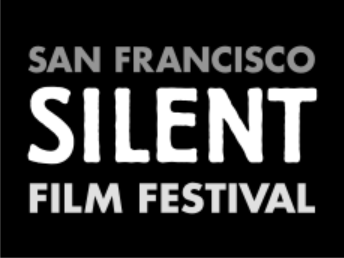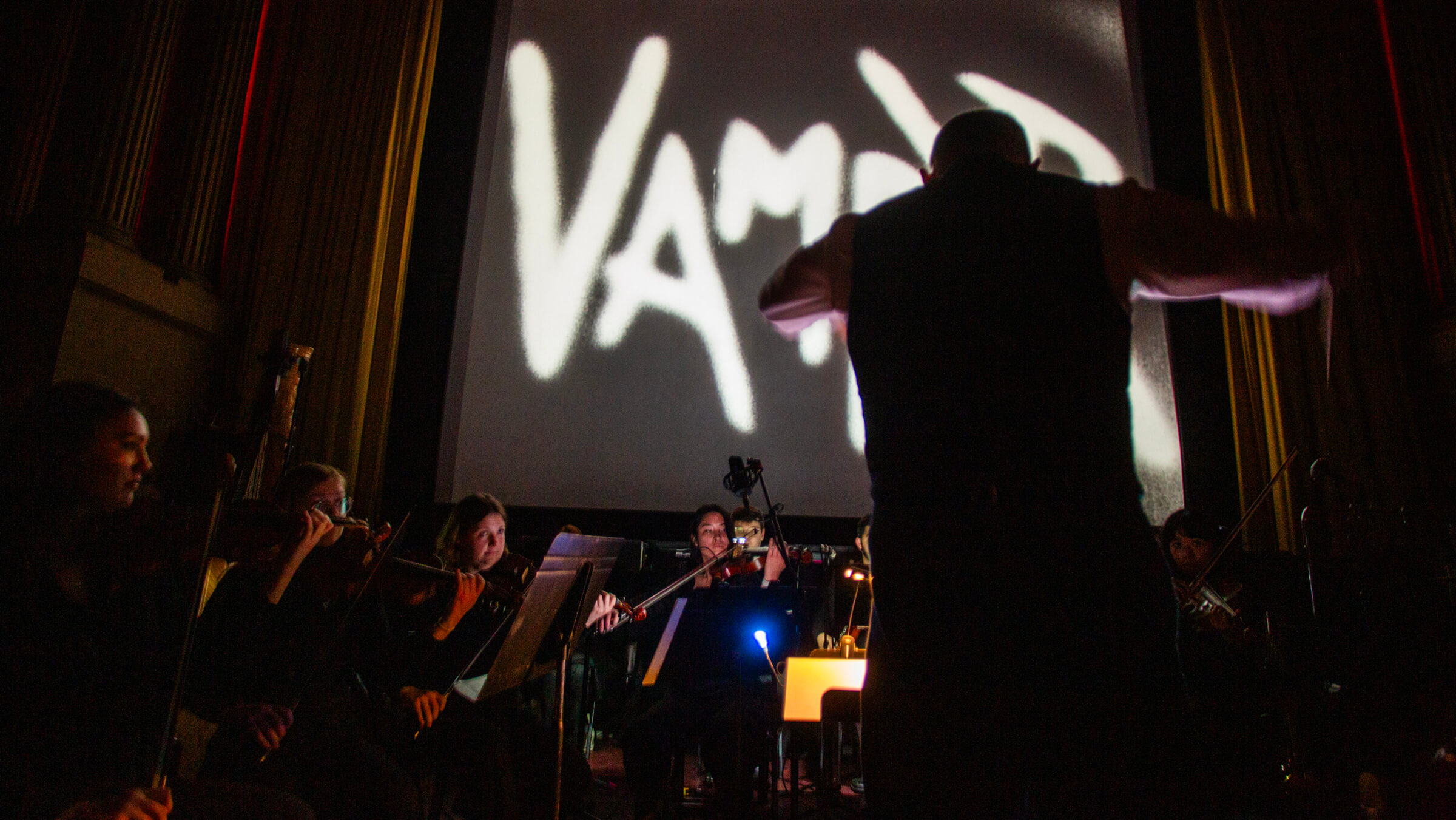This feature was published in conjunction with the screening of Vampyr on January 12, 2024
Ever since he saw Vampyr back in the mid-1980s, composer and conductor Timothy Brock has wanted to play the score live. He had been impressed in particular with the “fragility of the strings” and how German composer Wolfgang Zeller perfectly complemented what he calls the “fog” of the film. “It was the first time I heard music that actually sounded like a dream,” he told an audience at the 2021 Il Cinema Ritrovata, where decades later he was finally able to accompany the film with an orchestra.
Only recently has digital technology allowed for a cleaner separation of the music from dialogue and sound effects on the soundtrack. The manuscript of Zeller’s score was also only recently found. But it wasn’t just a matter of getting musicians together to play it. Former curator at Berlin’s Deutsche Kinemathek Martin Koerber, who completed a restoration of Vampyr in 1999, says that the manuscript uncovered at the Deutsches Filminstitut and Filmmuseum in Frankfurt was “in fact a mess of handwritten papers, rather illegibly annotated.”
In the usual way, Zeller had improvised a lot during the recording session. With no reason to believe anyone would revisit the written score, he had covered it, as Brock’s catalogue note for Il Cinema Ritrovato explains, “in a massive assortment of tempo changes, repeat bars, scratched-out notes, and instrumental substitutions.” Zeller first made notes in pencil, which were then overwritten in pen, making for an even more difficult read, and Brock asked Koerber to help decipher some of its more mysterious scribbles.
Myriad other challenges arose. The Foley on the soundtrack—the turning of doorhandles, knocks on doors—sometimes came across “more like a hissing or scratching,” recalled Brock. “One knock sounded like someone cracking a walnut.” He could have opted to replace them live. After all, the majority of the sound effects are written into Vampyr’s score, but matching their tone would be difficult at best.
Take the bell rung by the scythe-wielding figure to signal the ferryman. “You could tell the dinging of the bell was the actual bell from the film,” Brock said. “It can’t be replicated live. These kinds of sounds are also almost impossible to synchronize while conducting.” Counting on the expertise of Gilles Barberis, head of L’Immagine Ritrovato’s sound department, Brock decided to make one or two judicious improvements in the soundtrack, like replacing a knocking on the door with a better one a bit later on.
Part of what makes Zeller’s score so special is its distinctive instrumentation. When Léone lies sick in her bed, a lone saxophone alerts us that something’s off. A tam-tam later signals something’s sinister. However, some of Zeller’s choices are impractical for live performance. An accordionist plays for only thirty-five seconds in the dancing shadows scene. Elsewhere, a second trombonist plays for four measures. Live, Brock said, that trombonist would have to be counting for about sixty-four minutes before entering, hopefully, at the right moment. Zeller also had a small number of strings, which lends the recorded score an intimate feel. But live, you have to add strings for “a smoother sound.”
Accompanying films of this era, according to Brock, is like being “locked in a time capsule”—to capture that bygone sound, musicians have to be coached before rehearsals can even begin. “A modern orchestra simply does not play the same way orchestras did a hundred years ago … I tell the violins I need a sort of intense, burnished vibrato. I want to hear that slide into the next note.”
Achieving the dream-like sound that captivated Brock all those years ago means, above all, matching the film’s emotional tones. In that remarkable sequence with Léone—“feeling damned for life,” said Brock—she cries softly at first, trying to collect herself, before falling into despair and openly weeping. In describing how the orchestra supports her throughout her breakdown and then in her surrender to the vampire, Brock revealed the delicate alchemy between Vampyr and its score: “I love this scene so much. What a great actress Sybille Schmitz is, to be able to turn like that. And Zeller was clever enough to know how to do that musically, by doing these high-note trills on the violins. She becomes a different person, both musically and visually.”

